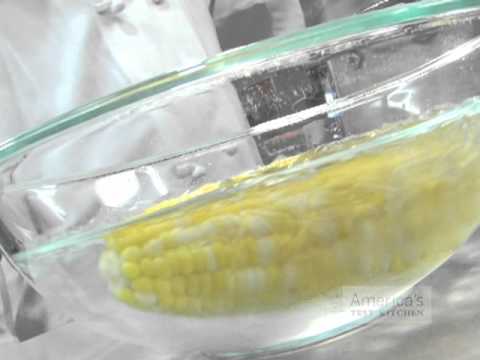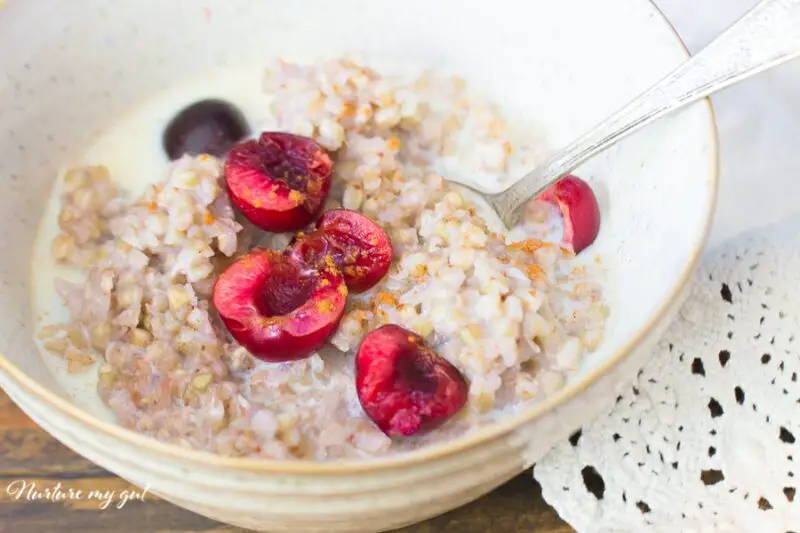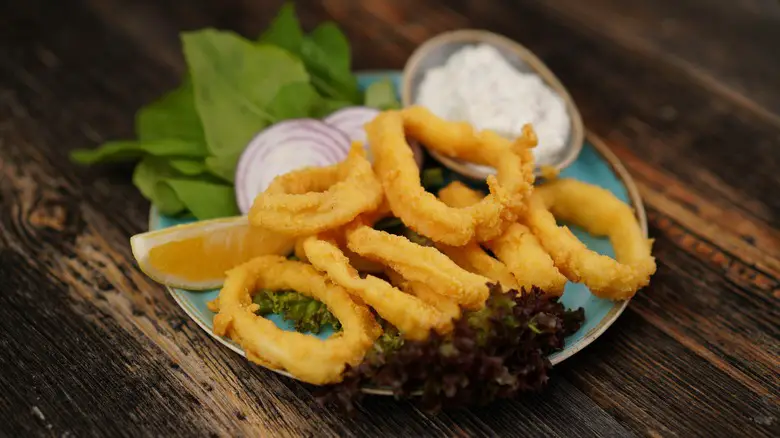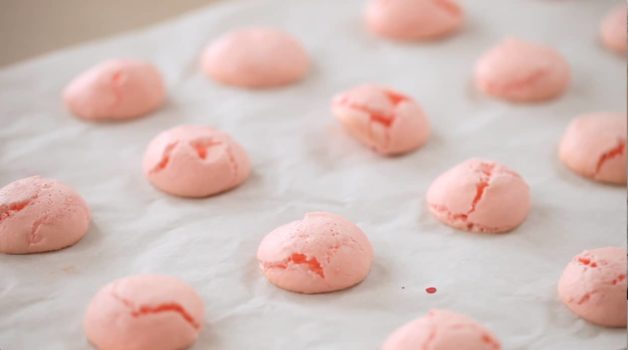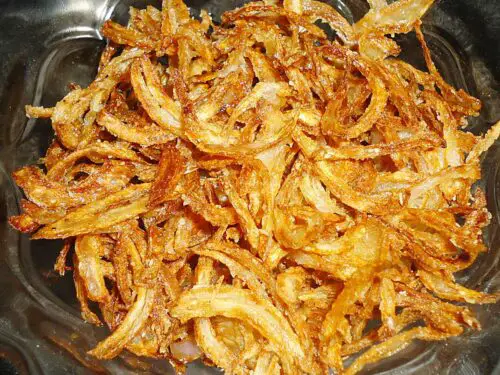Boiled corn is undoubtedly a delicious treat that is loved and enjoyed by people all around the world. Whether you serve it as a side dish, snack, or even as your primary course, boiled corn is always an excellent addition to any meal. However, when you have leftover boiled corn and are not sure how to store it properly, it can ruin the experience of your next meal. In this article, we will share tips and tricks on how to store boiled corn safely and effectively. We’ll cover everything from cooling the corn to storing it in the fridge or freezer, reheating it, and serving it.
## Cooling Boiled Corn
Before storing boiled corn, it’s essential to cool it first. The cooling process helps prevent bacterial growth and preserves the quality of the corn.
### Letting Boiled Corn Cool Naturally
The most common way to cool boiled corn is by letting it cool naturally at room temperature. Here’s how:
– Remove the corn from the heat source.
– Let the ears of corn sit in the pot for two to three minutes.
– Transfer the ears of corn to a baking sheet or plate.
– Let them cool for about ten minutes before removing them from the baking sheet/plate.
### Using Cold Water for Quick Cooling
If you want to speed up the cooling process, you can use cold water. Here’s how:
– Remove the corn from the heat source.
– Run cold water over each ear of corn until they feel cool to touch.
– Gently pat dry with paper towels.
## Storing Boiled Corn in The Refrigerator
If you plan on eating your boiled corn within a few days, storing it in the refrigerator is an ideal option.
### Preparing Boiled Corn for Refrigeration
Before you store boiled corn in the fridge, follow these steps:
– Shuck off the husks.
– Cut off kernels if necessary (usually done when serving cream-style).
– Remove excess cooking liquid.
– Tightly wrap each ear of corn or kernels with plastic wrap.
### Storing Ears of Boiled Corn
If you have whole ears of corn, follow these storage tips:
– Place the wrapped ears of corn in a resealable plastic bag or an airtight container.
– Label your bag/ container with the date you prepared the boiled corn.
– Keep the sealed plastic bag/ container in the fridge.
### Storing Kernel of Boiled Corn
If you have kernels of corn leftover, follow these storage tips:
– Put your tightly covered corn kernels in a resealable plastic bag.
– Label your resealable container with a name and date.
– Keep this bag in the fridge’s crisper drawer.
## Freezing Boiled Corn
Boiling corn is an excellent way to preserve it, but freezing can extend its shelf life and keep it fresh for months. If you want to store boiled corn for more extended periods, follow these freezing steps:
### Freezing Ears of Boiled Corn
Storing ears of boiled corn whole is done using these steps:
– Cool down boiled corn using any technique discussed above.
– Remove the husk and silk strands if not already done so.
– Cut off ears at the base before placing them into freezer bags; this will make for easier storage.
– Write the label (Name and date) on the freezer bags before placing them in the freezer.
### Freezing Kernels of Boiled Corn
Freezing kernels of boiled corn is done by following these steps:
– Cool down boiled corn using any technique discussed above.
– Cut off kernels on cobs measuring roughly halfway down from their tips to their bases; this allows room for boiling in water before eating later on.
– Spread the kernels out on a flat baking sheet or pan. Make sure they are not touching each other so they don’t freeze together.
– Place the pan in the freezer and let the kernels freeze for several hours.
– After freezing, transfer corn kernels into a resealable freezer bag, making sure to squeeze out any excess air before sealing.
– Label each bag with the date you froze the corn.
## Reheating Boiled Corn
Reheating your boiled corn correctly is essential to maintain its freshness and taste. Here’s how to do it:
### Reheating Ears of Boiled Corn
To reheat ears of boiled corn without losing moisture or flavor, do the following:
– Remove husks and silk strands if not already done so.
– Wrap each ear of boiled corn in a damp paper towel.
– Heat the wrapped ear(s) in a microwave oven for under two minutes or until they are heated through.
– Serve immediately!
### Reheating Kernels of Boiled Corn
To reheat corn kernels that have been cooked previously, do the following:
– Remove frozen corn kernels from their container
– Add them to boiling water and cook for approximately 5 minutes
– Once done, strain off excess boiling water before seasoning according to preference.
## Conclusion
Storing boiled corn correctly is crucial in preventing spoilage and preserving its flavor. Follow these tips and tricks for safely storing boiled corn in the refrigerator or freezer. Knowing how to reheat boiled corn will make your next meal even more enjoyable. Enjoy your delicious boiled corn!
Frequently Asked Questions
#### How long can boiled corn be stored?
Boiled corn can be stored for up to three days in the refrigerator. It is important to store it properly by placing it in an airtight container or wrapping it tightly with plastic wrap. Make sure to remove any excess moisture from the corn before storing it.
#### Can boiled corn be frozen for future use?
Yes, boiled corn can be frozen for future use. Once it has cooled down, remove the kernels from the cob and place them in a freezer-safe container or bag. Make sure to label the container or bag with the date and contents to keep track of freshness.
#### What are some creative ways to use leftover boiled corn?
Leftover boiled corn can be incorporated into a variety of dishes, such as salads, soups, and casseroles. It can also be blended into a creamy corn dip or added to tacos or fajitas for an extra dash of flavor.
#### Should I add any seasoning to boiled corn before storing or freezing it?
It is not necessary to add seasoning to boiled corn before storing or freezing it. However, if you prefer flavored corn, you can add butter, salt, pepper, or other seasonings after reheating it. Keep in mind that adding seasonings before storage may affect the texture and flavor of the corn.
